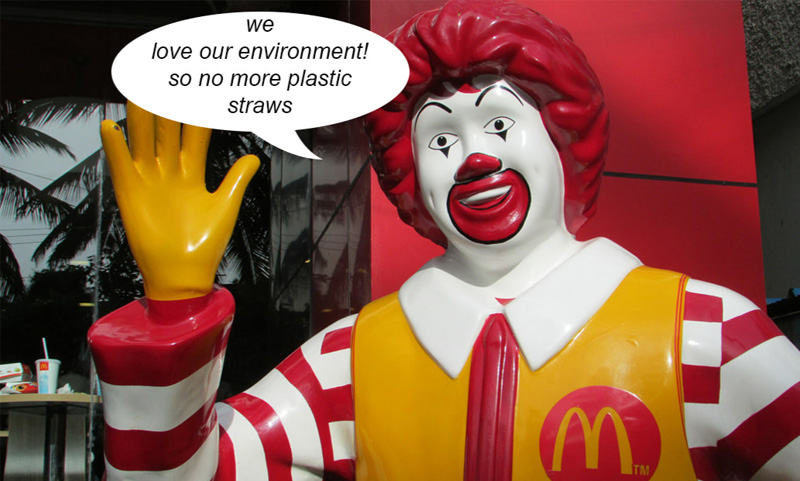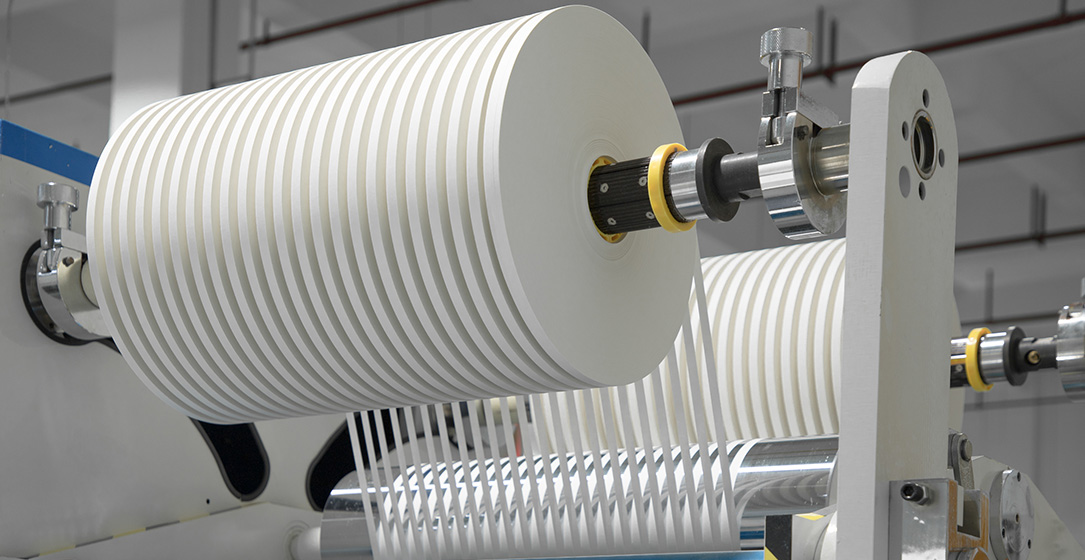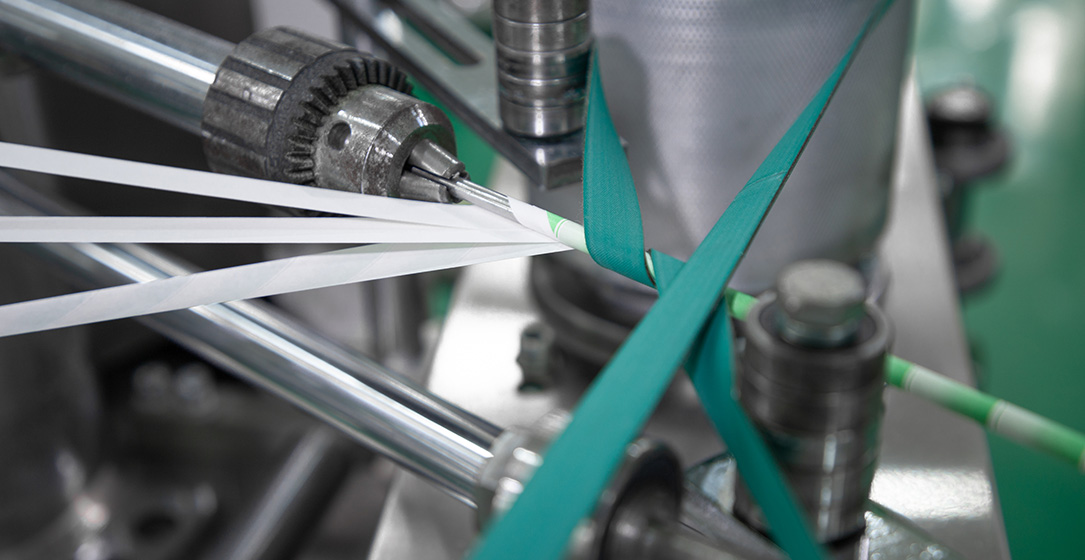
Introduction:
The paper decoration production market is a dynamic and ever-evolving industry, influenced by a multitude of factors that shape its growth, trends, and competitive landscape. From consumer preferences and technological advancements to market dynamics and environmental considerations, various factors play a crucial role in driving the trajectory of the paper decoration production market. In this blog, we'll delve into the key factors affecting the paper decoration production market, exploring how they impact manufacturing processes, product innovation, and market dynamics.
Consumer Preferences:
Consumer preferences are one of the primary factors influencing the paper decoration production market. As trends and tastes evolve, manufacturers must stay attuned to shifting consumer preferences to meet market demand effectively. Whether it's the demand for eco-friendly materials, customizable designs, or trendy patterns and colors, understanding consumer preferences is essential for developing products that resonate with target audiences and drive sales.
Product Technology:
Advancements in product technology have a significant impact on the paper decoration production market. From digital printing techniques to automated manufacturing processes, technology plays a crucial role in enhancing product quality, efficiency, and innovation. Manufacturers that invest in state-of-the-art equipment and embrace technological advancements can produce high-quality paper decorations with intricate designs and vibrant colors, gaining a competitive edge in the market.
Market Dynamics:
Market dynamics, including supply and demand, pricing trends, and competitor strategies, also influence the paper decoration production market. Fluctuations in raw material costs, changes in consumer spending patterns, and shifts in market trends can all impact manufacturing operations and profitability. Manufacturers must closely monitor market dynamics and adapt their strategies accordingly to remain competitive and sustainable in the long term.
Regulatory Environment:
The regulatory environment is another factor that affects the paper decoration production market. Compliance with health and safety regulations, environmental standards, and product labeling requirements is essential for manufacturers to ensure product quality and consumer safety. Additionally, changes in trade policies, import/export regulations, and taxation can impact manufacturing costs and market access, influencing overall market dynamics.
Environmental Considerations:
Environmental considerations are becoming increasingly important in the paper decoration production market. With growing awareness of sustainability and eco-conscious consumer preferences, manufacturers are under pressure to adopt environmentally friendly practices and materials. Using recycled paper, minimizing waste in production processes, and implementing sustainable packaging solutions are just some of the ways manufacturers can reduce their environmental footprint and appeal to environmentally conscious consumers.
Competitive Landscape:
The competitive landscape of the paper decoration production market is shaped by factors such as market saturation, brand reputation, and innovation. Manufacturers must differentiate themselves from competitors by offering unique products, superior quality, and excellent customer service. Additionally, strategic partnerships, marketing initiatives, and distribution channels can help manufacturers gain a competitive advantage and expand their market share.
Economic Factors:
Economic factors, including GDP growth, inflation rates, and consumer confidence, also impact the paper decoration production market. During economic downturns, consumers may prioritize essential purchases over discretionary items like paper decorations, leading to decreased demand. Conversely, during periods of economic prosperity, consumer spending on non-essential items may increase, driving market growth. Manufacturers must consider economic trends and adjust their strategies accordingly to navigate fluctuations in consumer behavior and market conditions.
Conclusion:
In conclusion, the paper decoration production market is influenced by a wide range of factors, including consumer preferences, product technology, market dynamics, regulatory environment, environmental considerations, competitive landscape, and economic factors. Manufacturers must carefully assess these factors and adapt their strategies to meet evolving market demands, stay competitive, and drive sustainable growth. By understanding the complex interplay of these factors, manufacturers can position themselves for success in the dynamic and ever-changing paper decoration production market.

















